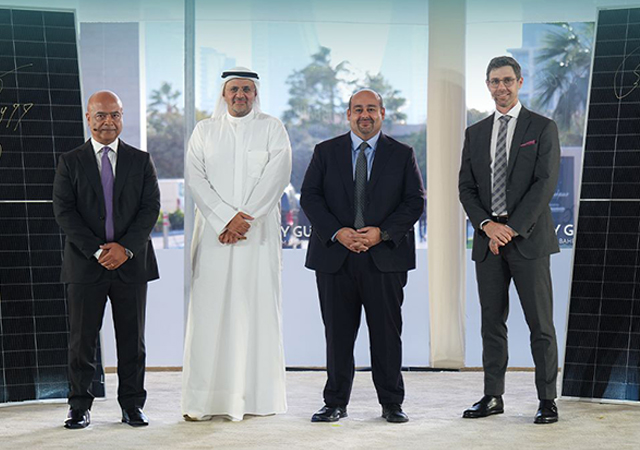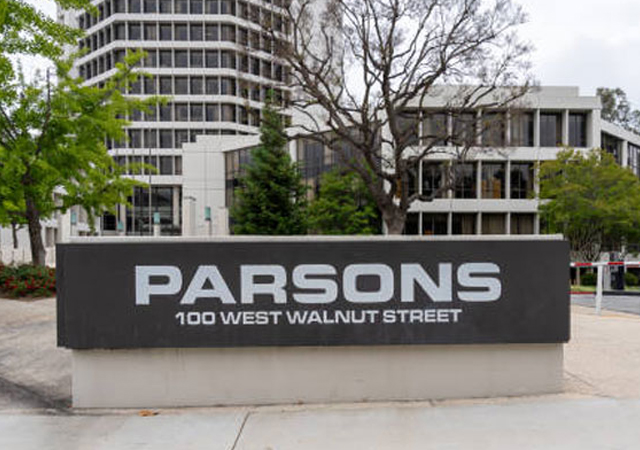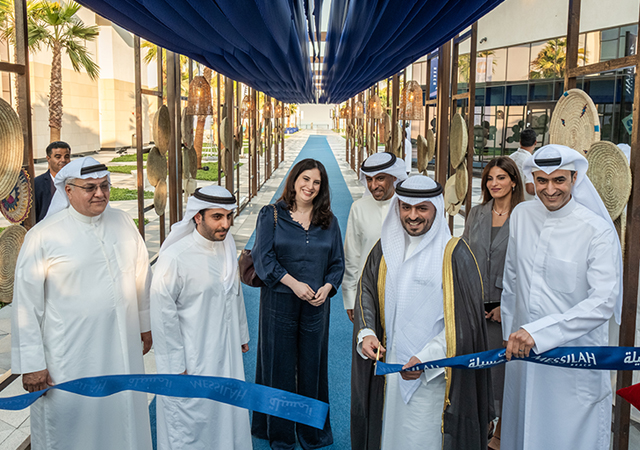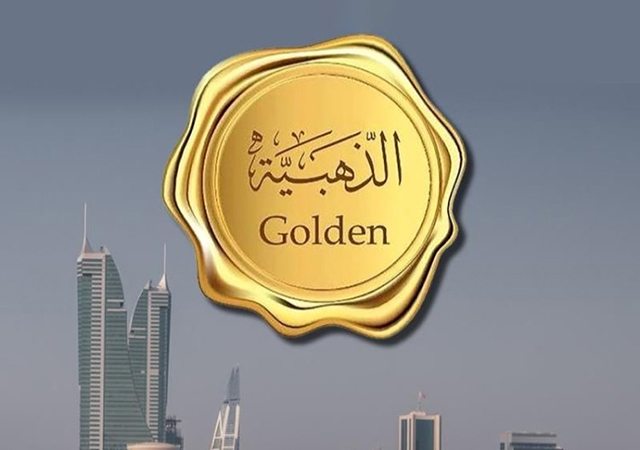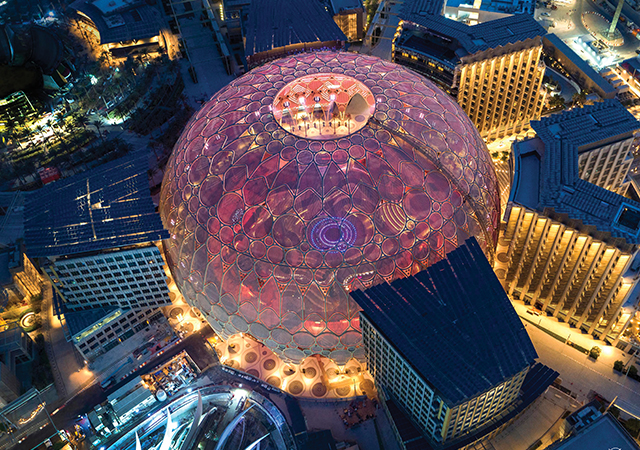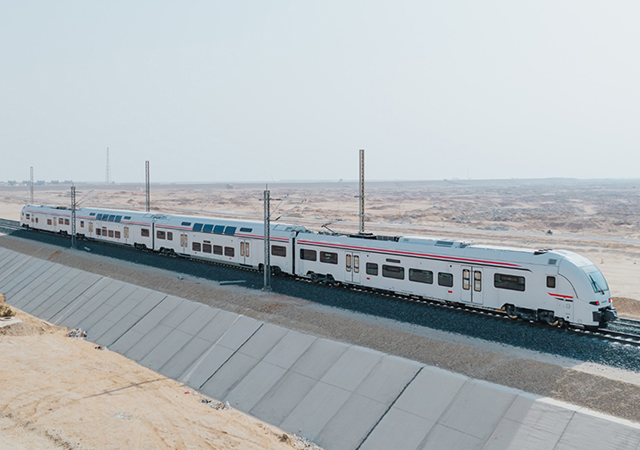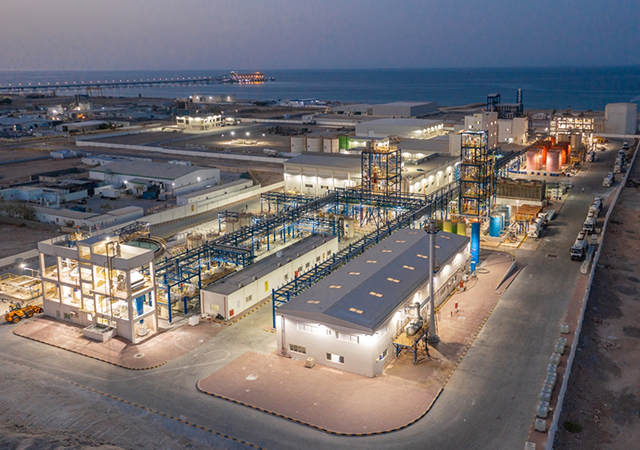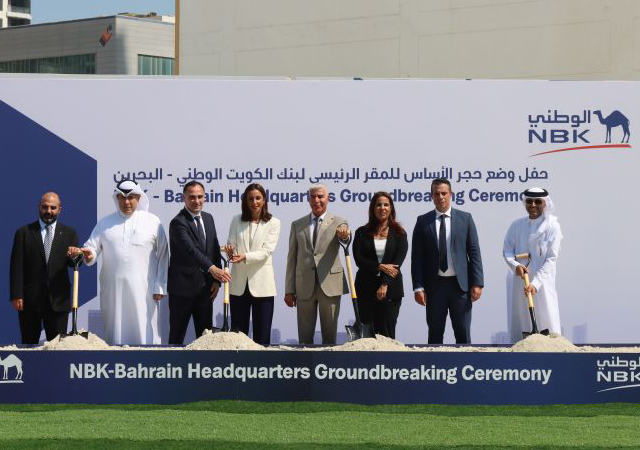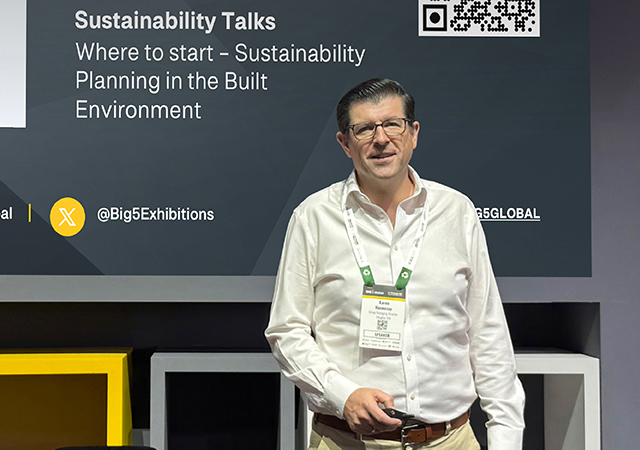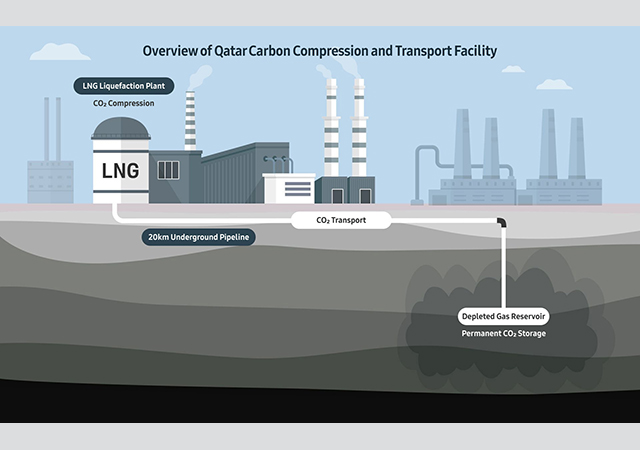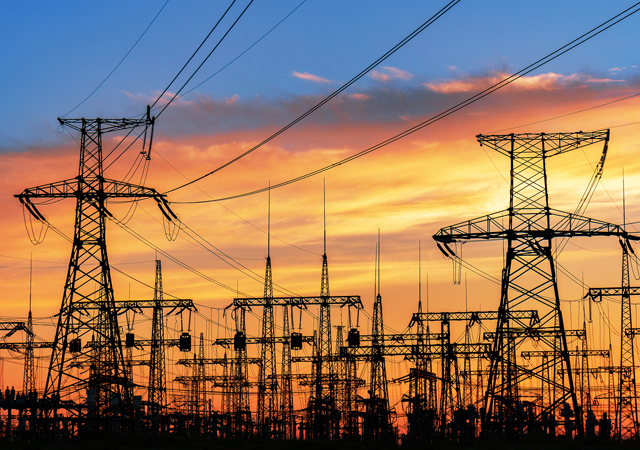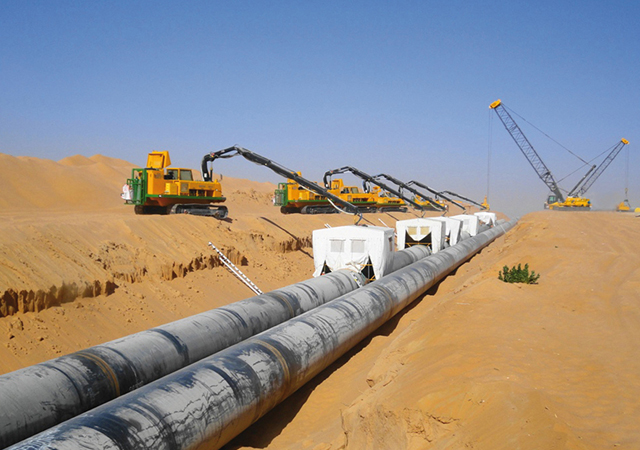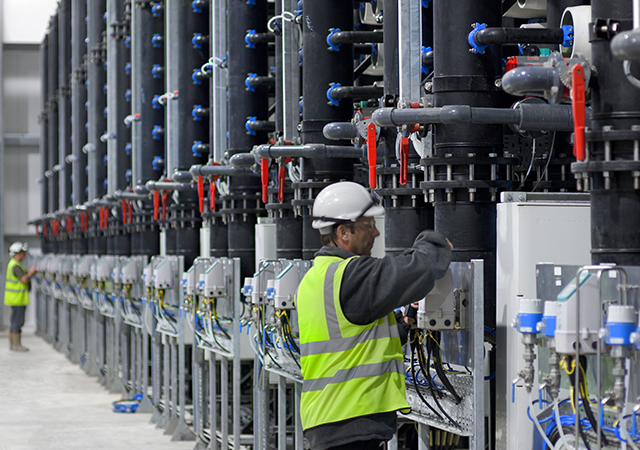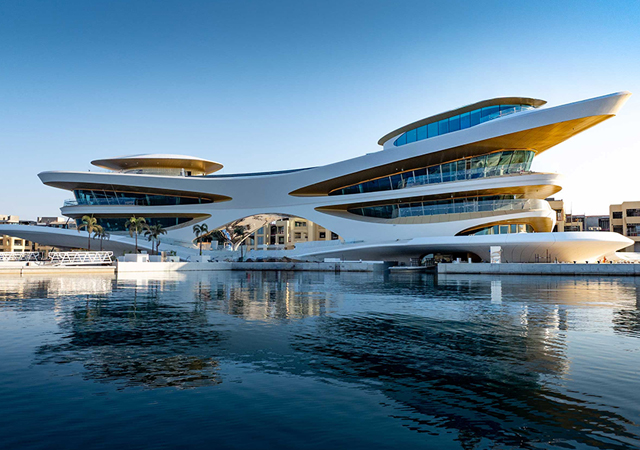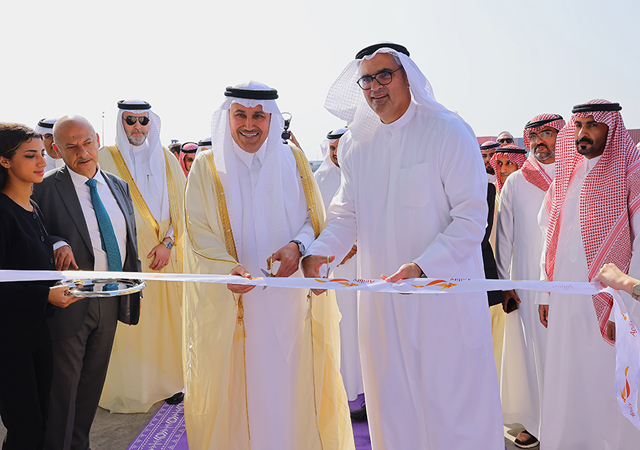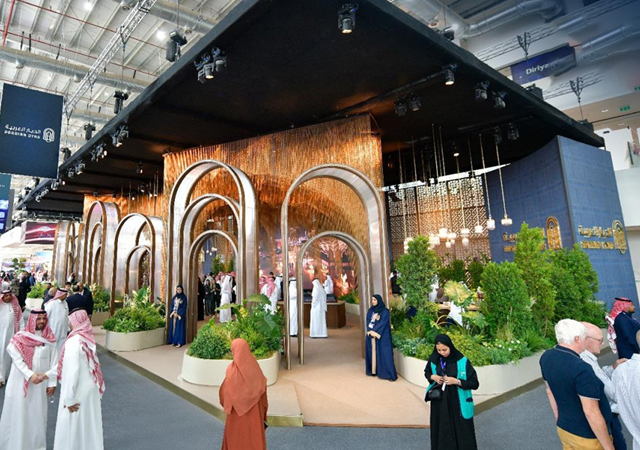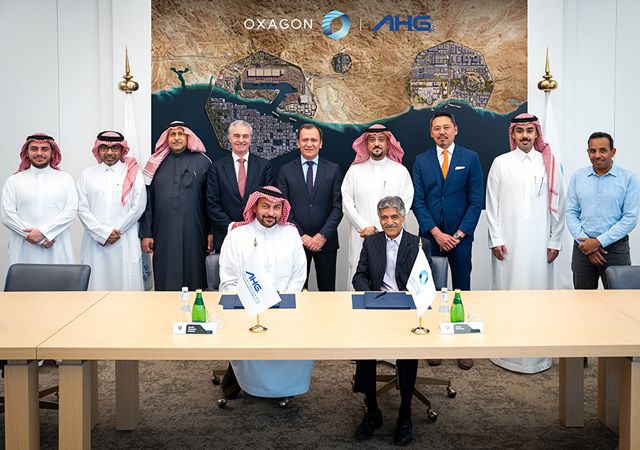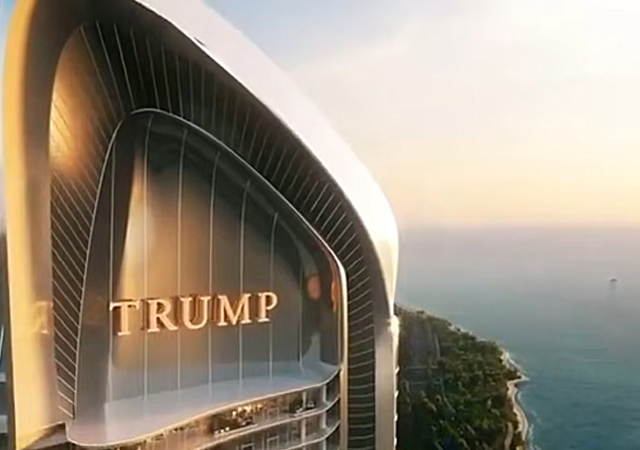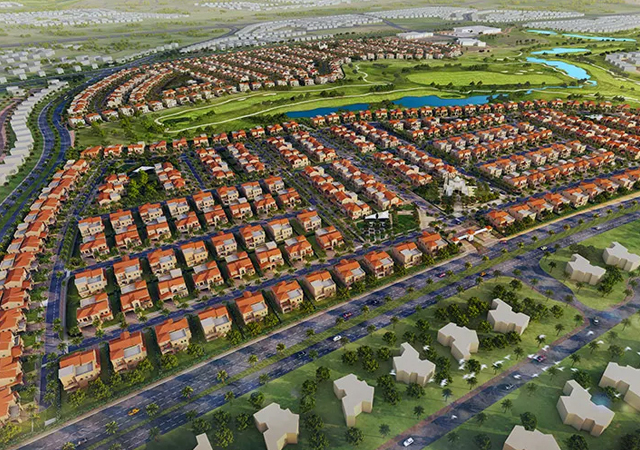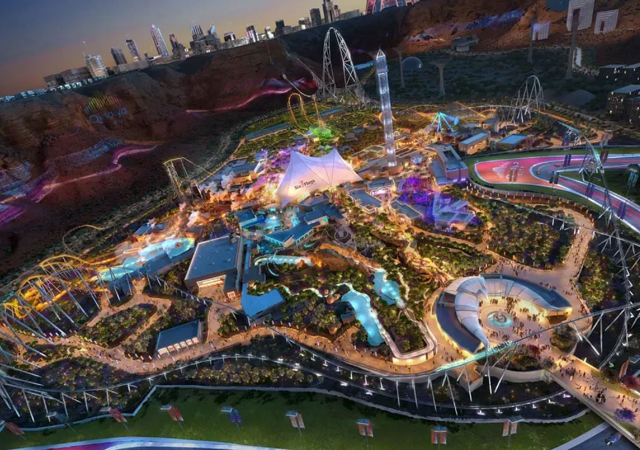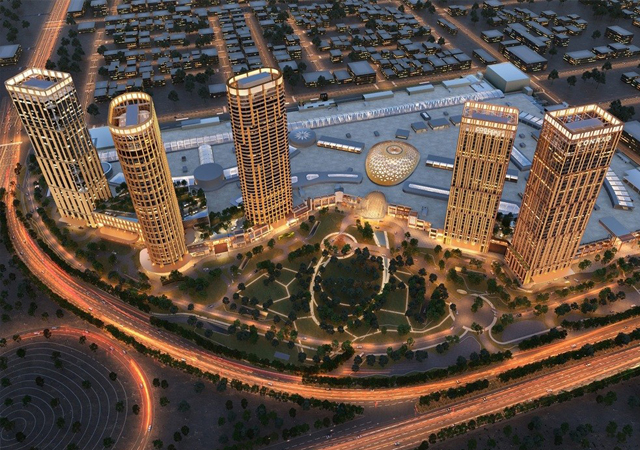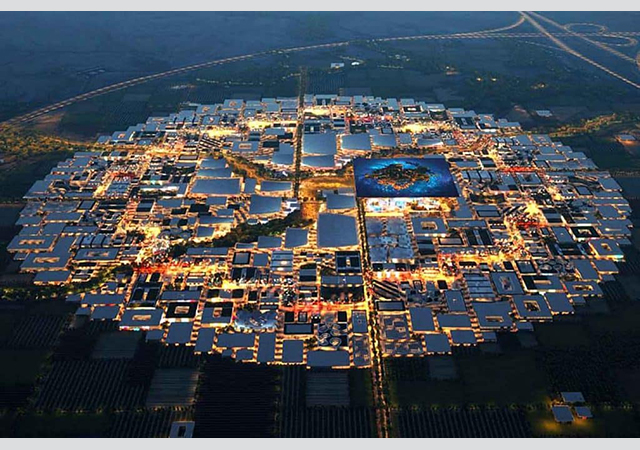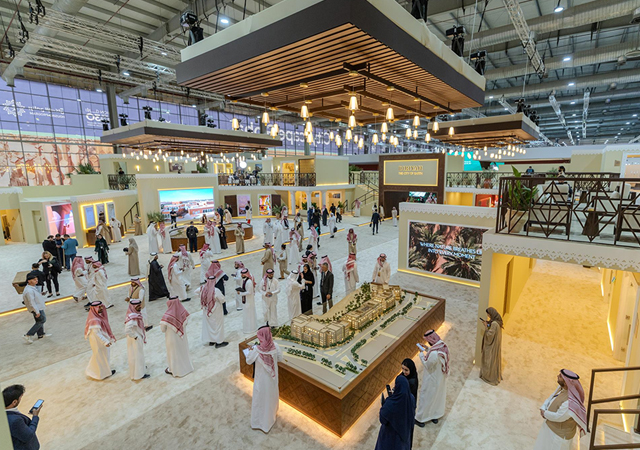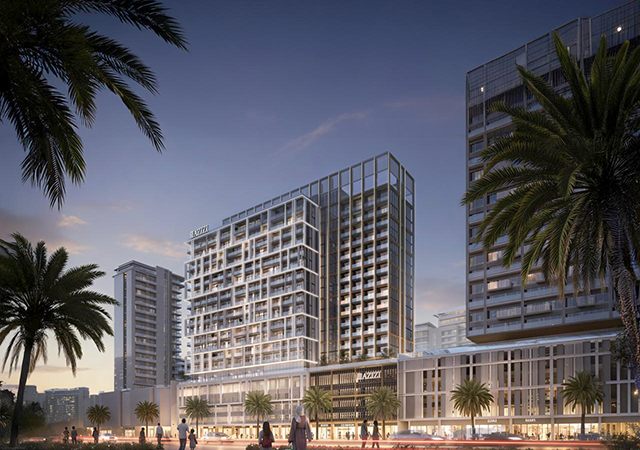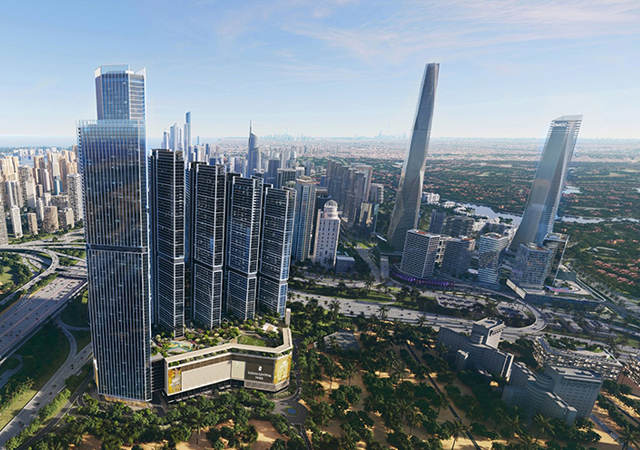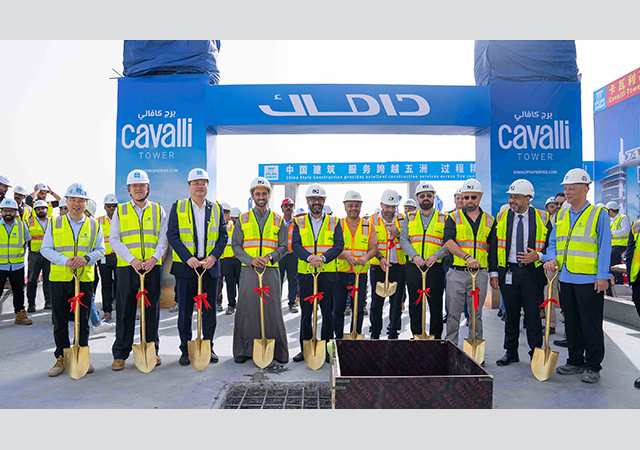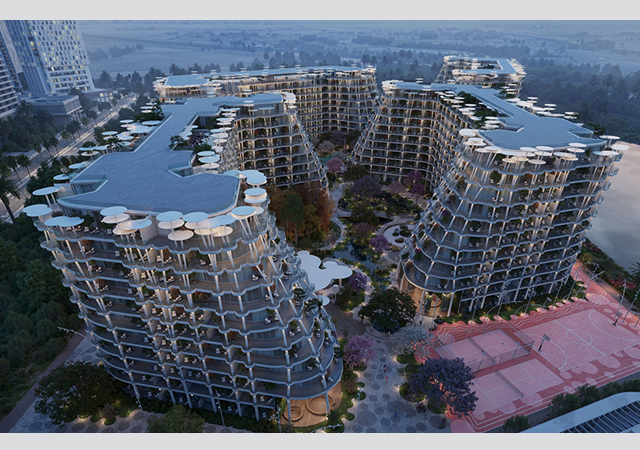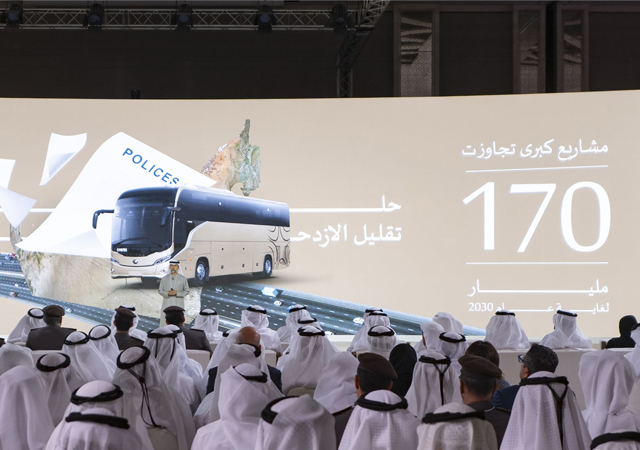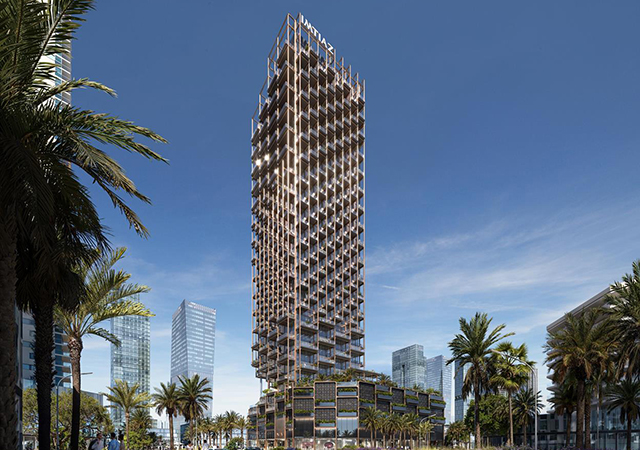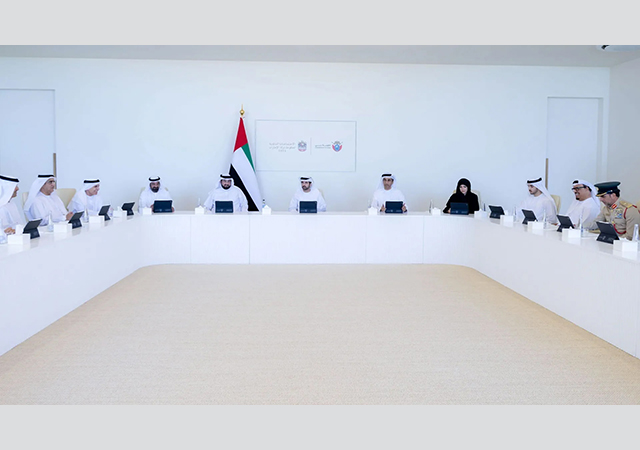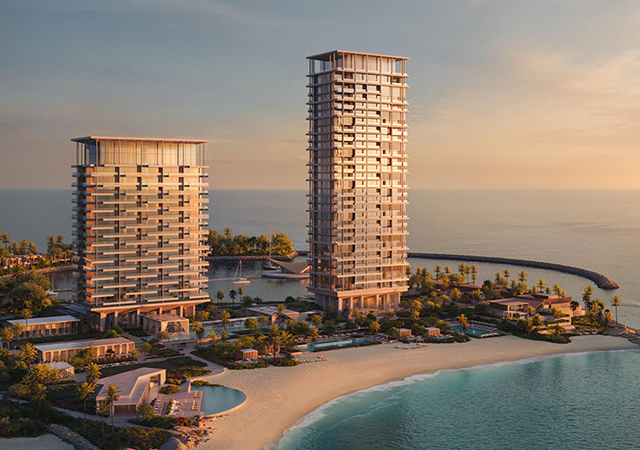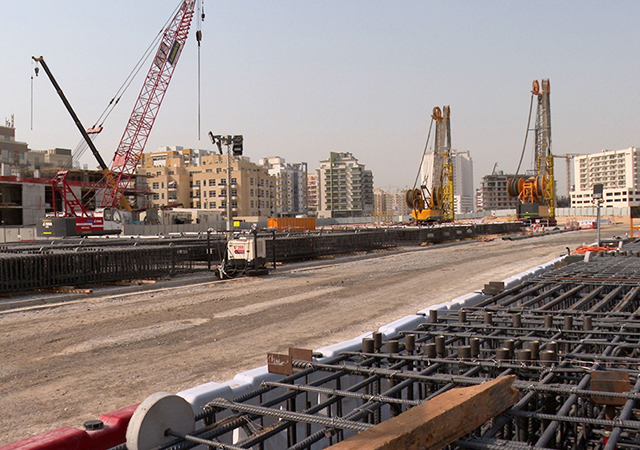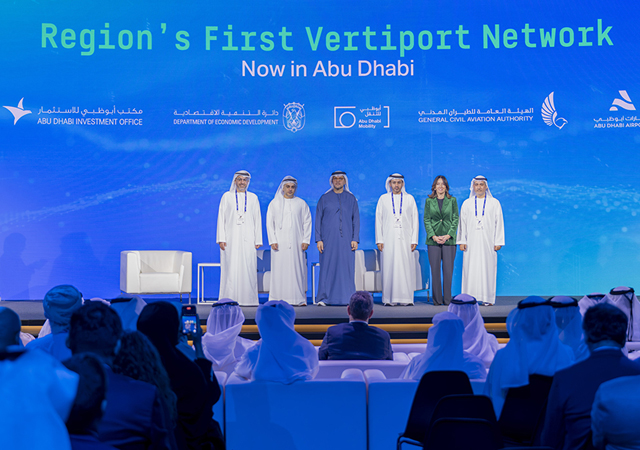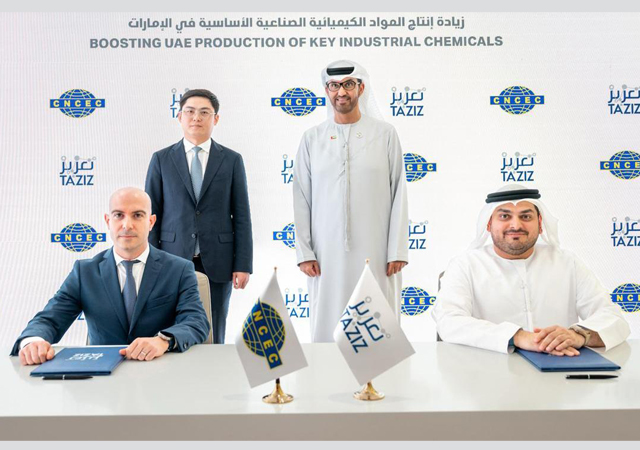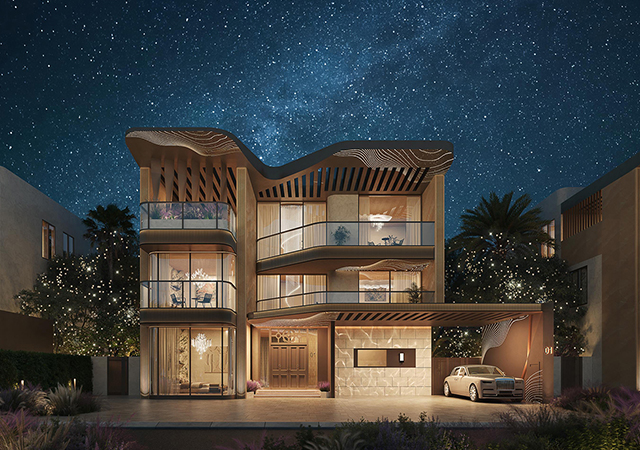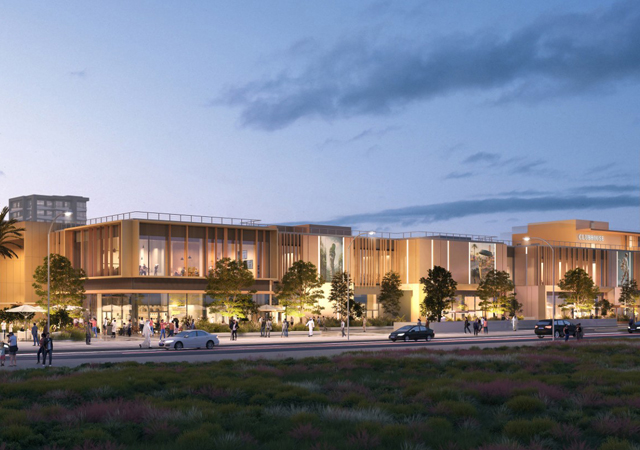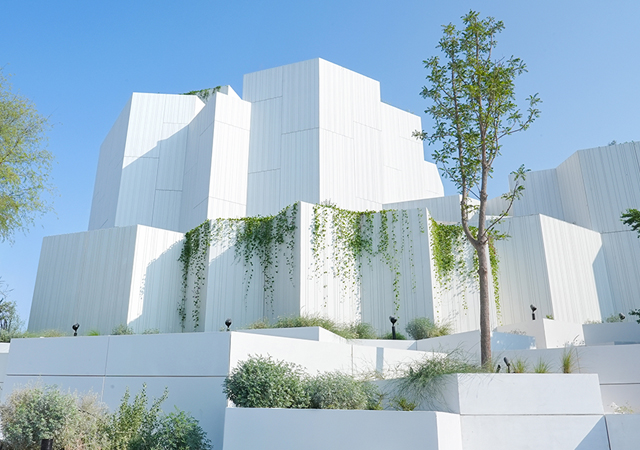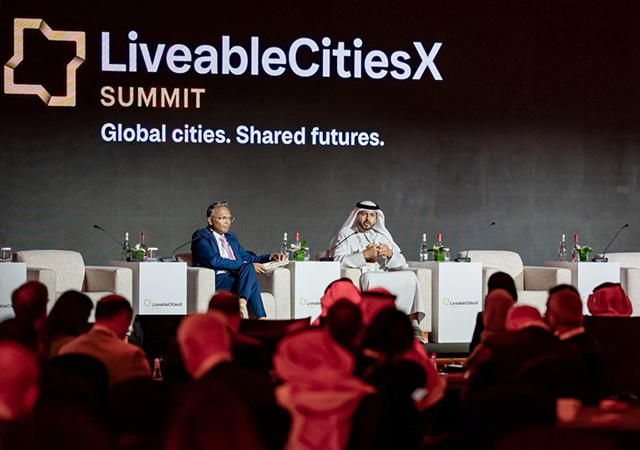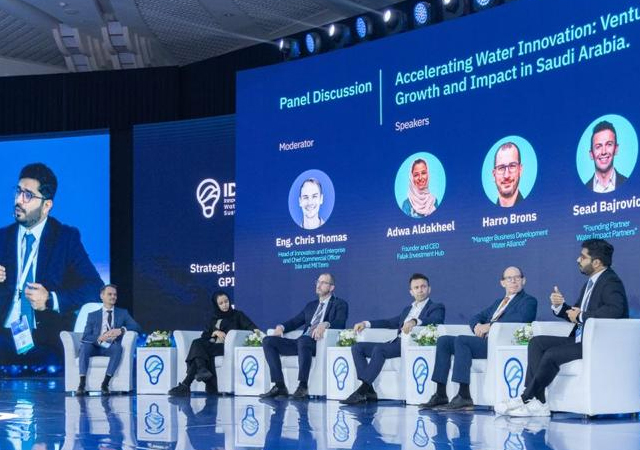

The UAE’s first fully integrated automotive and motor sport business park – which flagged off its first event with the Dubai LG Super Racing Weekend last October – looks set to launch preliminary work shortly on the next phase of development.
The Dubai Autodrome and Business Park, as it is known, is spearheaded by leading property developer Union Properties – which has signed a partnership agreement with Ferrari World to develop the residential component under Phase II of the project.
Located 25 minutes from central Dubai and directly accessed from two major highways, the Dubai Autodrome and Business Park was the first development to be officially opened within the Dh18 billion ($4.9 million) Dubailand leisure and entertainment city.
The facility has been designed to offer ‘a real home for the automotive industry in the Gulf,’ providing an automotive, motor sport, tourism and social destination for millions of local, regional and international visitors. The track can accommodate all types of racing from Formula One to motor-bikes.
“It is the integration of the Middle East automotive and motor racing industries into an unprecedented working environment for the first time, coupled with training and the promotion of motor racing from the ‘grass roots’ upwards,” says a spokesman for Union Properties.
“The priority will be on a safe and well-managed operation providing unparalleled driving experiences and a working environment to encourage the automotive industry to expand further in the region,” he says.
Encapsulating a world-class international motor-racing circuit, the first phase was completed on a fast-track basis within 11 months at a construction cost of between Dh350 million and Dh400 million.
It also includes a fully-fledged business park around the racetrack with modern units for offices and workshops.
The next phase of development will see the construction of retail outlets, restaurants, a hotel, serviced apartments and condominiums to make Dubai Autodrome and Business Park an all-year-round family destination.
Given the luxury of a clean-sheet approach by Union Properties, project manager Edara and architect and planner HOK aimed to meet the goals of the client while satisfying the desires of racing car drivers, motorcycle-racing riders and motor sport teams and enthusiasts with a sequence of goners and straights over undulating ground.
The track has also been designed to meet the high standards set by motor sport governing bodies including the FIA (Federation International de l’Automobile) and the FIM (Federation Internationale de Motocyclisme).
The overall area of the site is 270 hectares while the circuit has a footprint of 100 hectares. The facility, accessed via two main entrances, includes racing circuits, a grandstand, infield buildings and a striking Management and Marketing building.
At the heart of the Dubai Autodrome is the world-class FIA-sanctioned motor-racing track – 5.39 km in length – which has been designed to host three separate racing events at a time with several variations in the track design.
The main circuit comprises 16 corners and two straights – each 1 km in length – and has a maximum gradient of 6 per cent. The theoretical lap time for a Formula One car on this track is estimated to be 1 minute 30 seconds.
The track offers six permutations for users:
• Main Grand Prix track –5.39 km;
• International track – 4.3 km;
• Club circuit – 2.5 km;
• National circuit – 3.6 km;
• Oval handling circuit – 1.2 km
American-style speedway; and
• ‘Hill’ handling circuit – 1.6 km.
Being one of the newest circuits to be designed to FIA standards, it incorporates the latest revisions to safety standards set by the international body, according to Zuhdi Alrai, senior project manager with Edara.
“We have incorporated the best standards in terms of track safety for the drivers,” says Alrai. “The track is also equipped with sophisticated timing, track surveillance and telecommunications systems and a state-of-the-art control room.”
The systems in place include:
• Digital surveillance system covering all areas on track, linked to the race control, with controllable video feed to all points;
• Timing system, providing three discreet timing systems or a fully integrated three sector timing system; and
• Matrix-controlled public address (PA) system, with PA feed possible to all areas within site.
Overlooking the track is the specially-designed grandstand with seating for up to 7,000 people in the first phase, including private hospitality suites for corporate hire on a daily or even annual basis.
“The design of the grandstand is unique in terms of sightlines,” says Alrai. “Generally, spectators in grandstands get to see around 30 per cent of the track. The Dubai Autodrome grandstand has been built on the highest point on the site offering views to close to 90 per cent of the action.”
Eight hospitality boxes, catering for 240 VIP guests, have been included within the aluminium-roofed grandstand. In addition, the grandstand houses function rooms for large gatherings such as press conferences, company events and private launches. The grandstand is connected to the infield buildings by an underground tunnel. A further 200 VIP guests can be accommodated on the top hospitality level of the glass-clad Marketing and Management building.
Temporary stands can also be erected - some close to exciting turns - to seat an additional 35,000 spectators, if required.
Opposite the grandstand is an FIA-specified pit lane complex with up to 36 air-conditioned individual team garages and private team hospitality balconies for their sponsor and guests at race meetings. The pit garages are designed to allow a second-storey expansion, if required.
At the rear is a traditional racing paddock for team transporters and additional team hospitality. All paddock buildings are two storeys high or lower in order to maintain sight lines from spectator positions. This is a controlled zone to ensure safety and spectator management. The outer paddock area can be expanded to accommodate the predicted growth of motor sport in the region.
Included in the pit lane complex is an FIA-specified medical centre, which is optimally located for on-track emergencies. The circuit will maintain its own ambulance and fire truck crews as well as providing a ‘helipad’ for emergency situations.
A media centre and control tower – located adjacent to the pit lane – is fully-equipped with individual ISDN lines, computers and fax machines for the local and international press.
The autodrome will include a racing school, which has been equipped to train drivers on their own sports cars.
To complement the autodrome, the facility has a motocross centre which includes a 1.2 km kart track The CIK (Commission Internationale de Karting)-sanctioned track – which is among the most recently-completed components of the project – is modular in design and can be operated as two discreet circuits. The facility has a shared pit lane design so that all track users can access all facilities. A signature tunnel underpass forms part of the circuit layout
The motocross centre also includes a 3,000 sq m fully air-conditioned indoor kart centre specifically for children, companies and incentive groups.
A total of 12,000 car-parking slots have been allocated under the phase one development. Further parking slots will soon be available within the business park.
Design
Designing a facility to accommodate races for both cars as well as motorbikes presented a number of challenges, says Alrai.
Exhaustive efforts were exerted before the launch of construction to ensure the track featured all the aspects that drivers look for in challenging tracks, taking to consideration aspects such as sharp bends and testing turns as well as the orientation of the track, Alrai points out. It involved discussions with many international consultants and visits to a number of similar track facilities in the world. The design was revised three to four times before Edara was confident that it had come up with the right ingredients to make it a very interesting track.
A highlight of the design of some of the buildings is the ‘Dynamic Balance’ architectural theme devised by HOK. “As per this concept, the buildings are designed to lean backwards along the route taken by a racing car, enhancing the visual impact of the race on both the drivers and the spectators. This theme has been applied to all structures within the pit and paddock area as well as the Marketing and Management building,” explains Alrai.
The design team drew in the best of the talents in the field and comprised:
• HOK – responsible for architecture and planning;
• West Surrey Racing (WSR) – track design. The firm also played a major role in approaching the FIA and FIM;
• Buro Happold – structural engineering;
• WS Atkins – civil and infrastructural engineering;
• Edara – project manager.
Construction
Given the fast-track nature of project, work on the autodrome was awarded in four packages. The enabling package, involving excavation and filling operations, was carried out by Al Futtaim Carillion, which also carried out the fourth package for the racing circuit and infrastructure services.
The second and third packages for the construction of the Marketing and Management building and the grandstand were undertaken by Naboodah Laing Ourke.
Implementing the ‘dynamic balance’ architectural scheme brought with it its own set of challenges as all the columns in the building had to be built at a slant to create the desired effect, says Alrai.
Procuring the steel required for the project presented logistical challenges: some 3,000 tonnes of structural steel was fabricated and shipped from the UK for the construction of the grandstand and the Marketing and Management building.
The fully-glazed Marketing and Management building features double-glazed panels incorporating low-e glass. A fixed-point glazing system has been used for the ground floor.
Other challenges Alrai listed were the location of the track and the need to minimise the noise pollution associated with venues of this nature.
“The track is located in the middle of the desert and suffers the risk of sand being blown on the track,” says Alrai. “In addition, we’ve had to look at the possibilities of minimising the noise level as the development will include residential components in subsequent phases, apart from the fact that a residential complex – the Arabian Ranches – already exists in the close vicinity.”
A fair portion of the facility will be grassed to prevent sand from being blown on the track. In addition, the developers have opted to utilise desert aggregate as a cost-efficient means to tackle the problem. To minimise noise levels, Edara is installing sound barriers, including trees and advertising hoardings.
Turning to the track, he says that three layers of asphalt form the base of the racing surfacing with the final layer including special polymers that prevent skidding and abrasion of tyres.
Other safety measures incorporated for the track are the tyre and the debris barriers. There are a total of 27 Marshall posts located all over the site.
Business Park
The business park is a first-class real estate development including ‘purpose-built’ offices, workshops, retail showrooms or factories, which are being constructed alongside the racing track facility. It comprises low-rise buildings divided into small units – 500 sq ft upwards – which will be available for rent on short or long-term leases, to companies involved with the automobile industry.
“This business park provides companies the opportunity to be close to the racing circuit and offer services associated with the industry, as well as operate clubs,” says Alrai.
The Dubai Autodrome will also be available to manufacturers and racing teams for winter testing, prototype development work, vehicle demonstrations, product launches, driver training, and hot weather car research for international manufacturers.
Future plans
A large area dedicated as a retail space is to be developed. A central piazza is also to be developed to host major events such as concerts.



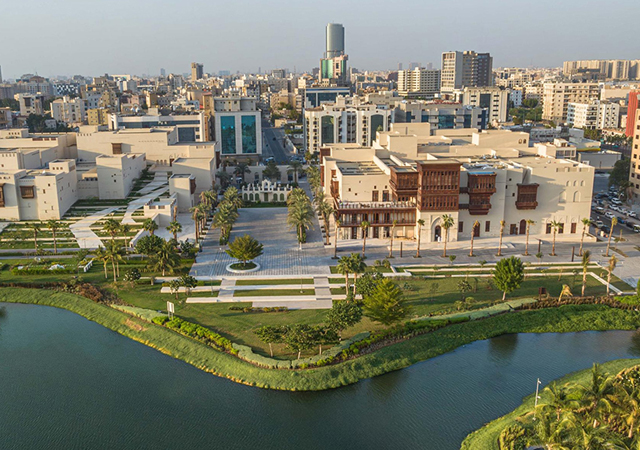
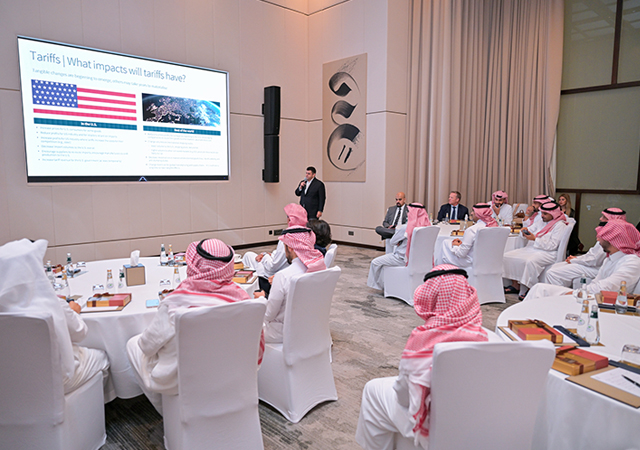
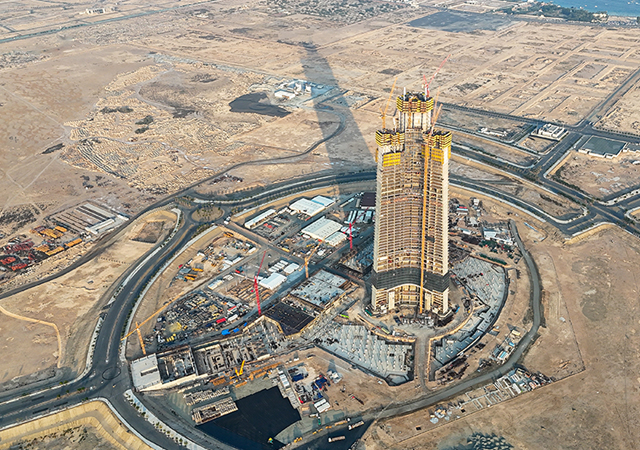
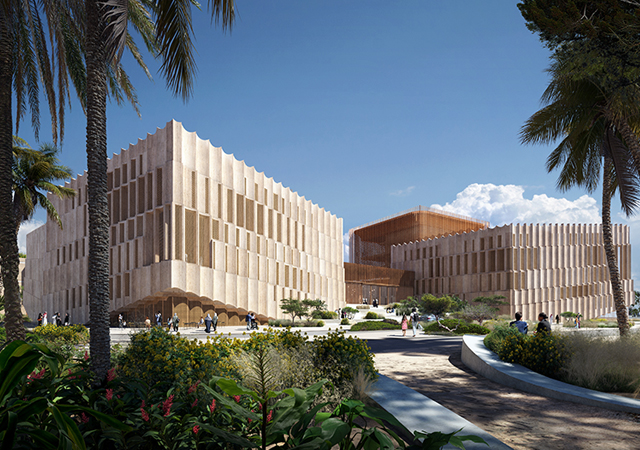
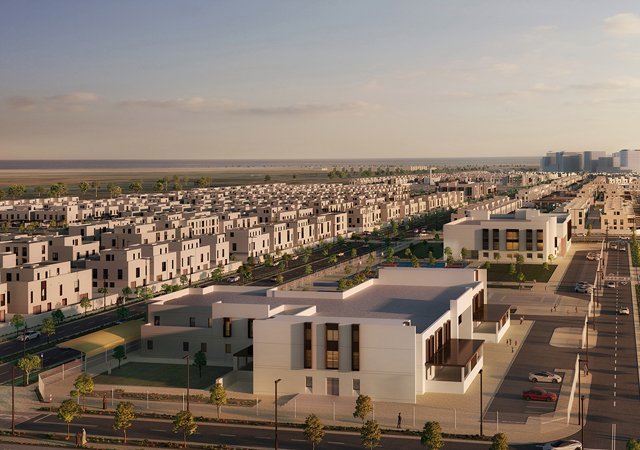
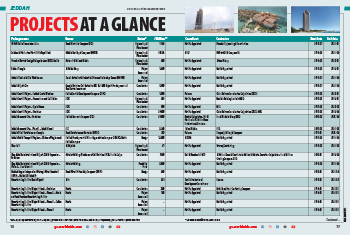
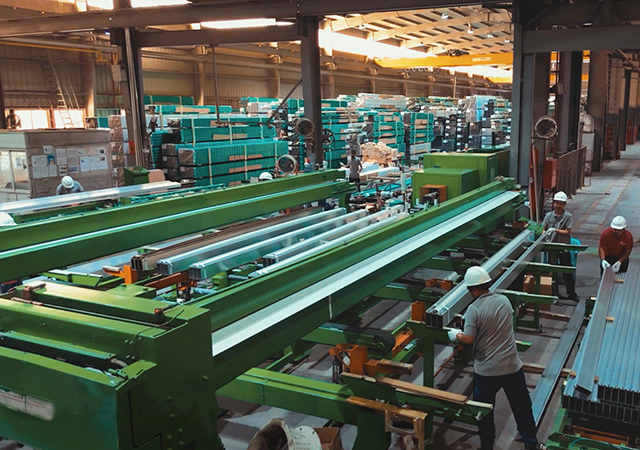

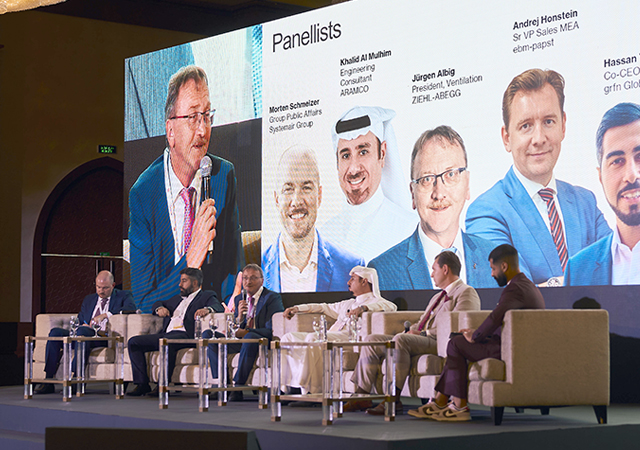
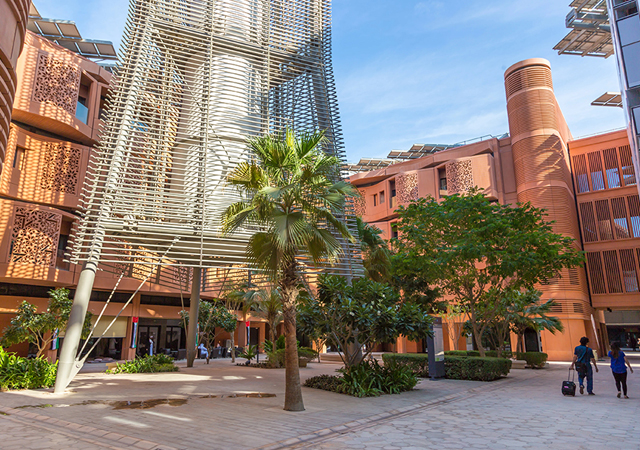
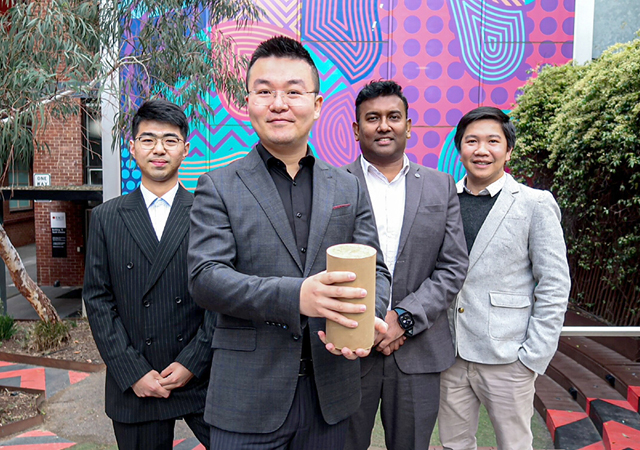
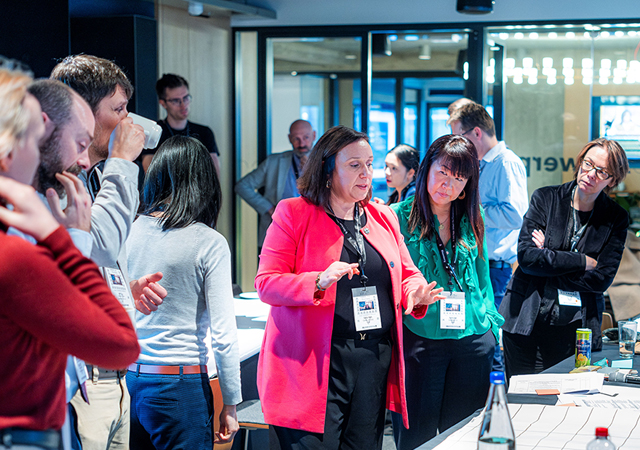
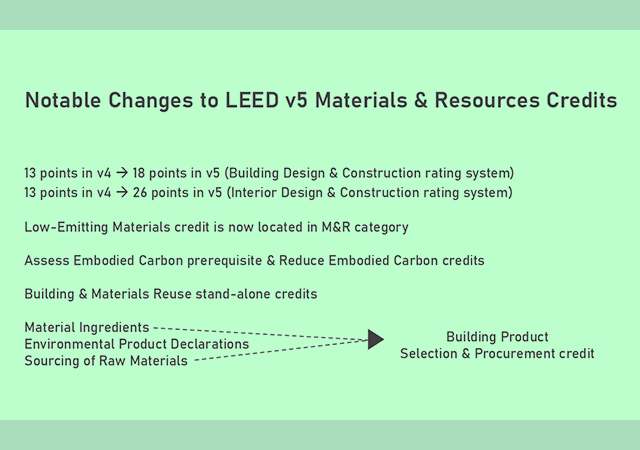
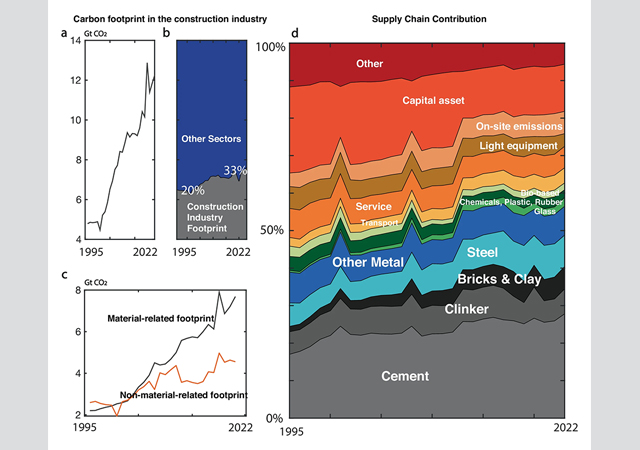
.jpg)
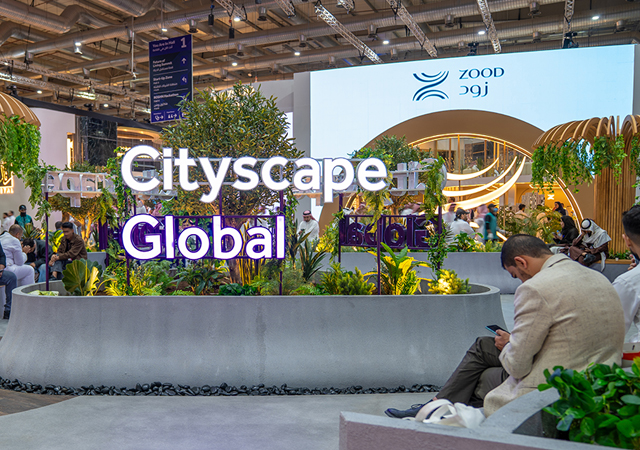
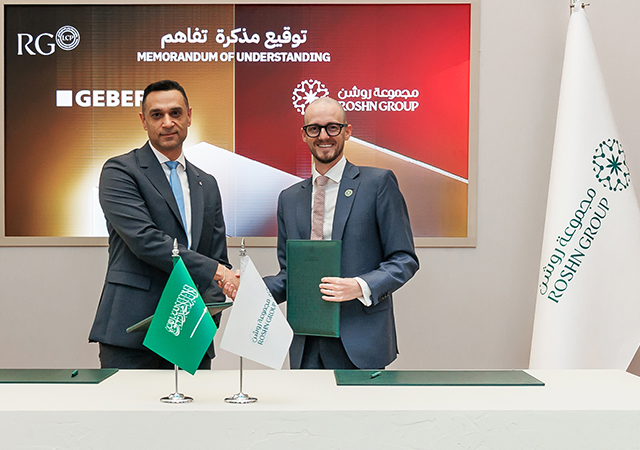
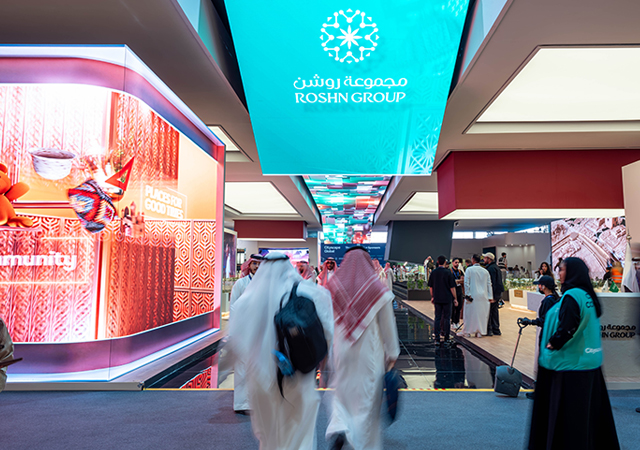
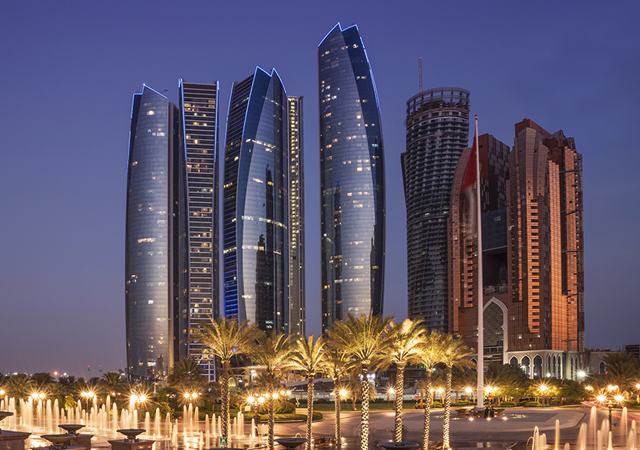
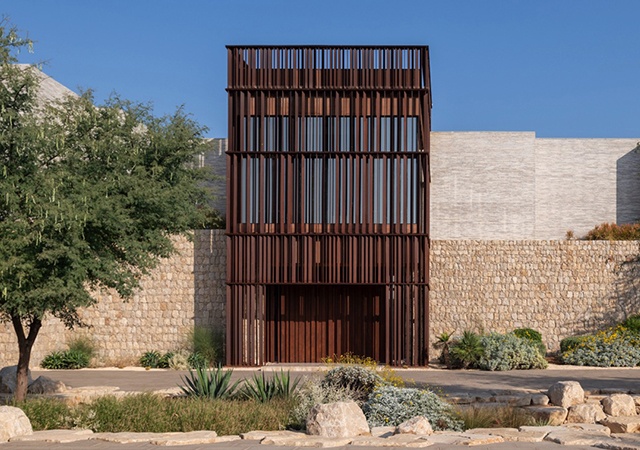
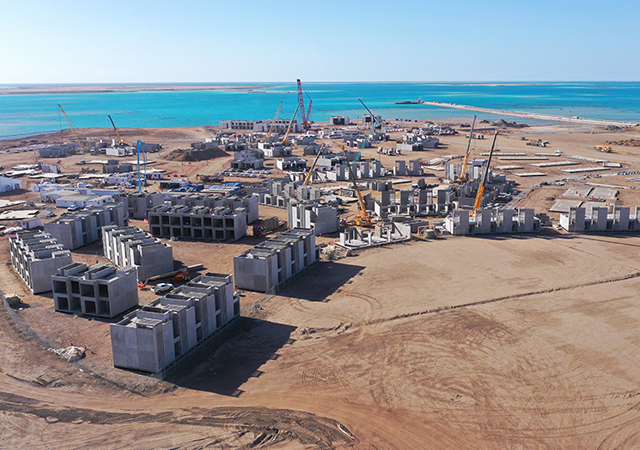
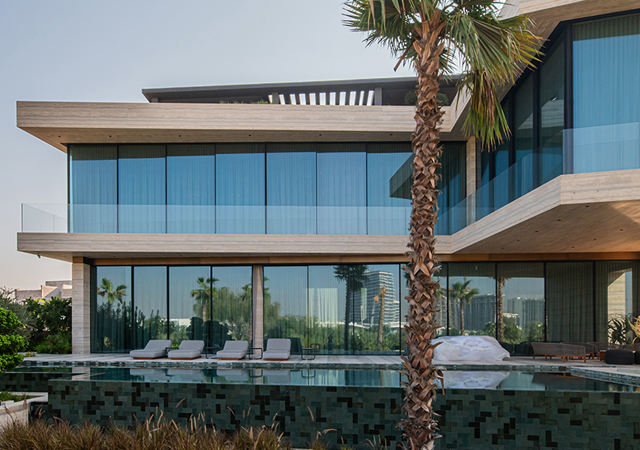
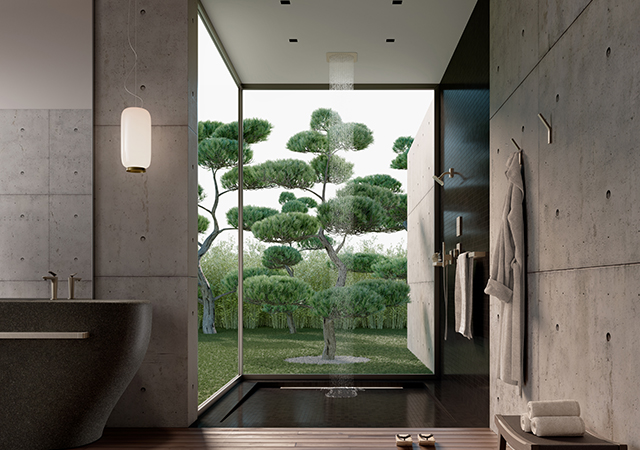
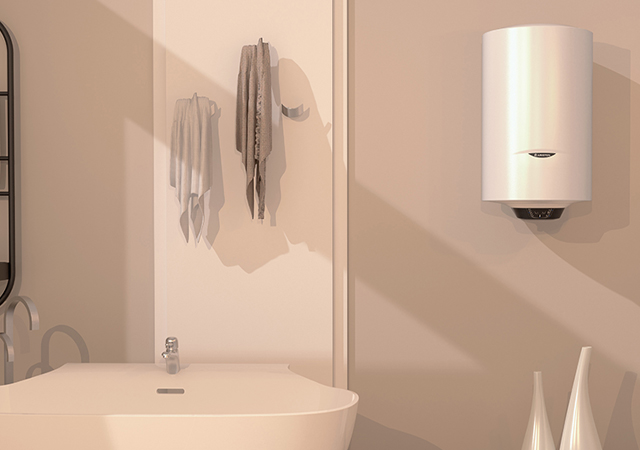
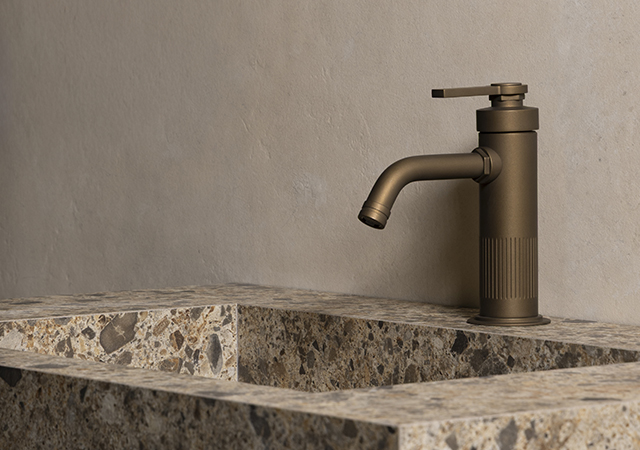

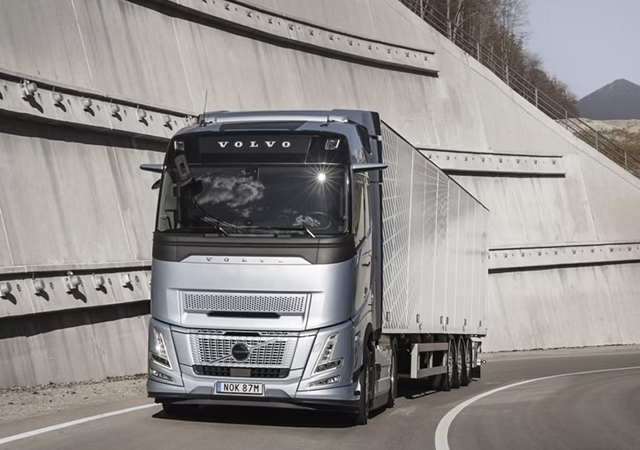
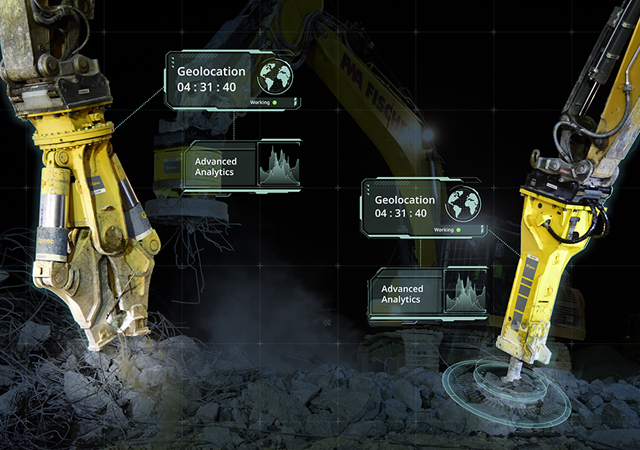
 (1).jpg)

